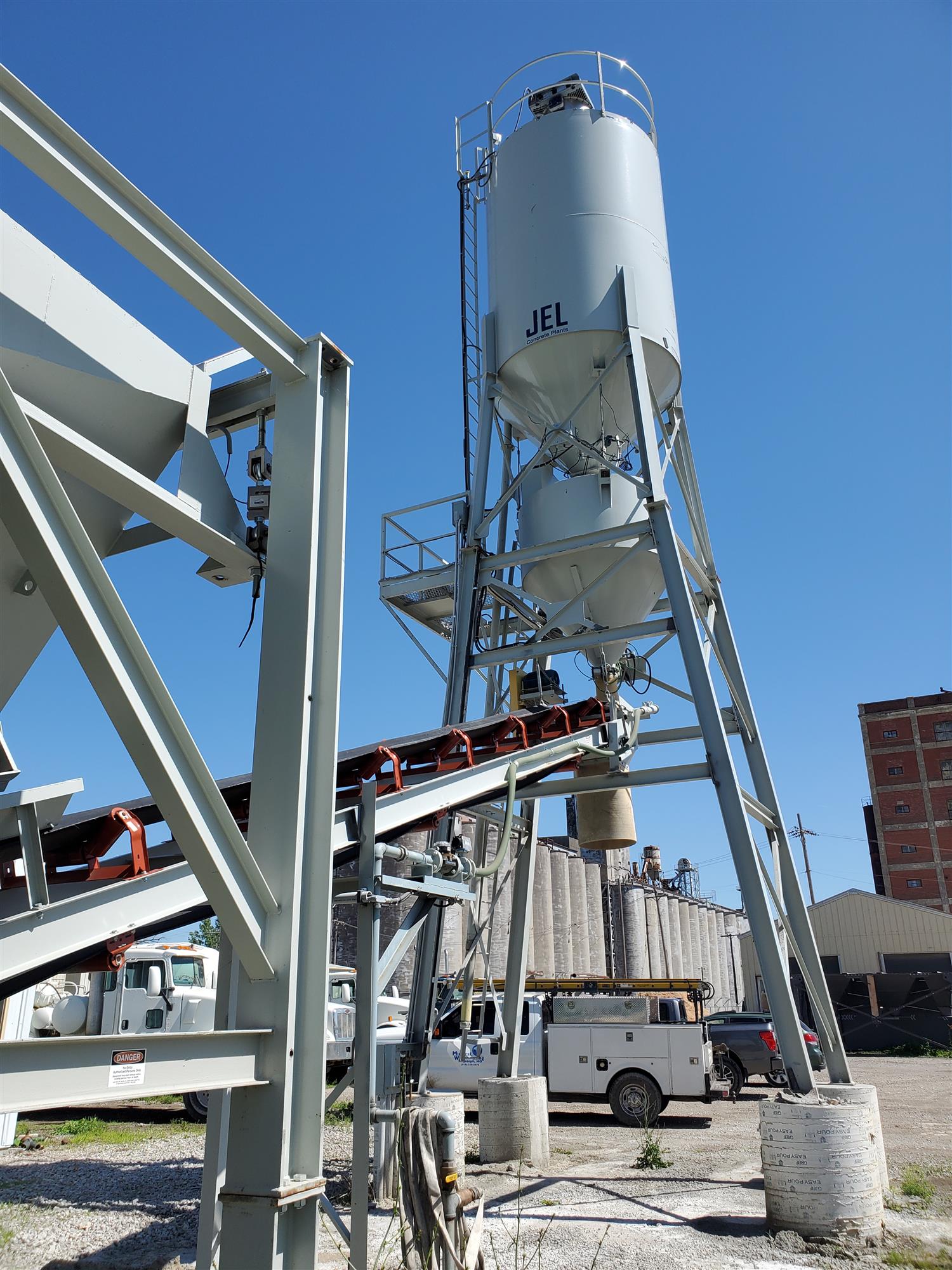Types of Transfer Conveyors
Transfer conveyors for concrete batching plants are available in many different types, and each variety is designed to handle specific materials during the concrete production process. Some are more suited to handling mixed concrete, while others are suited for materials like sand or powdered cement. As a result, concrete batching plants often use a combination of transfer conveyor types to fully optimize efficiency and production. Common types of transfer conveyors include:
| Transfer Conveyor Type | Description |
|---|---|
| Belt Conveyors | Versatile and common, belt conveyors consist of a continuous belt loop. Aggregates and mixed concrete can be transported from one spot to another. |
| Screw Conveyors | Screw conveyors, or auger conveyors, use a screw blade to move dry, granular materials in a rotating cylinder. This type of conveyor is useful for controlled discharges and precise dosing. |
| Drag Conveyors | Drag conveyors/chain conveyors use chains and paddles to move heavy and abrasive material through an enclosed trough. |
| Pneumatic Conveyors | Air pressure moves material like cement or powdered material through a piping system. They are desired for dust-free material handling and routing flexibility. |
| Bucket Elevators | Buckets attached to a rotating belt lift bulk material upward into storage bins or silos used in concrete batching plants. |
| Truck Mixers | While truck mixers aren’t considered “traditional” conveyors, they play an intricate role in moving mixed concrete from one place to another. Rotating drums attached to the truck keep the mixed concrete from hardening prior to pouring at the construction site. |
| Telescopic Conveyors | A telescopic conveyor is adjustable and can reach various lengths, making it ideal for loading concrete into separate containers; their flexibility allows for discharge at various points. |





